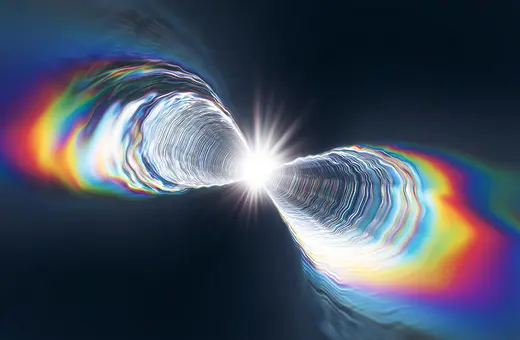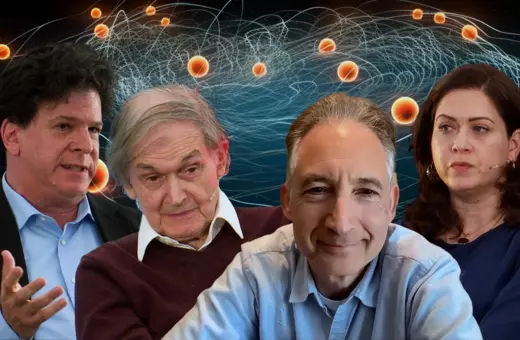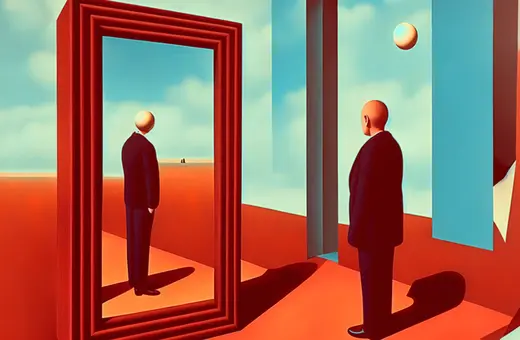In the first instalment of our series on the Foundations of Quantum Mechanics, philosopher of physics Tim Maudlin revisits Einstein’s famous disquiet with a prediction of quantum mechanics: the possibility of "spooky action at a distance". As John Bell later proved, quantum mechanics is indeed a non-local theory, allowing for the outcomes of experiments separated by enormous distances to causally influence each other.
It seems to be a manifest fact about the physical world that in order for one action or event to have an effect on another there must be some continuous process—an exchange of particles, flow of electricity, flash of light, etc—that connects them. If such continuous processes are required and if those processes are in turn limited by the speed of light, then there would be a strict limitation on what can have a causal effect on what. Indeed, denying this sort of limitation on causation is what Albert Einstein famously referred to as “spooky action-at-a-distance” or “telepathy”, and he roundly rejected the possibility. But quantum mechanics shows that, despite Einstein's protestations, the physical world is non-local.
In 1935, Einstein, Nathan Rosen and Boris Podolsky published a paper which would—in a way they could not possibly anticipate—result in arguably the most astonishing result in the history of physics. The point of the argument was not to suggest any new and remarkable physical phenomenon. Indeed, the only observable phenomena mentioned in the paper were commonplace and intrinsically uninteresting sorts of correlations which can be trivially explained. The point that EPR (as the three authors are now referred to) were making is that although the correlations can be trivially explained in a pedestrian way, the standard understanding of quantum mechanics does not so explain them. Indeed, the fundamental principles of quantum mechanics as exposited by Neils Bohr and the Copenhagen school forbids explaining them in the obvious trivial way. EPR presented the phenomena not for their intrinsic interest but as a vivid illustration of some bizarre consequences of the Copenhagen approach.
The phenomena that EPR mention are perfect correlations predicted by quantum theory when particular experiments are carried out on separated pairs of particles. Following the standard rules of the quantum formalism, EPR write down a so-called entangled quantum state for the pair. One of the particles is sent off to Alice and the other to Bob, located in arbitrarily distant labs. Alice and Bob each carry out the procedure called a “momentum measurement” on their particle, and since the entangled state is a zero momentum state for the pair, the prediction is that whatever value Alice finds, Bob will obtain the opposite. In this sense, the outcomes of the experiments will be perfectly negatively correlated. Alice and Bob can accurately predict the outcome of the other’s experiment once they have carried out their own.
SUGGESTED VIEWING Life in the quantum universe With Johnjoe McFadden





















Join the conversation